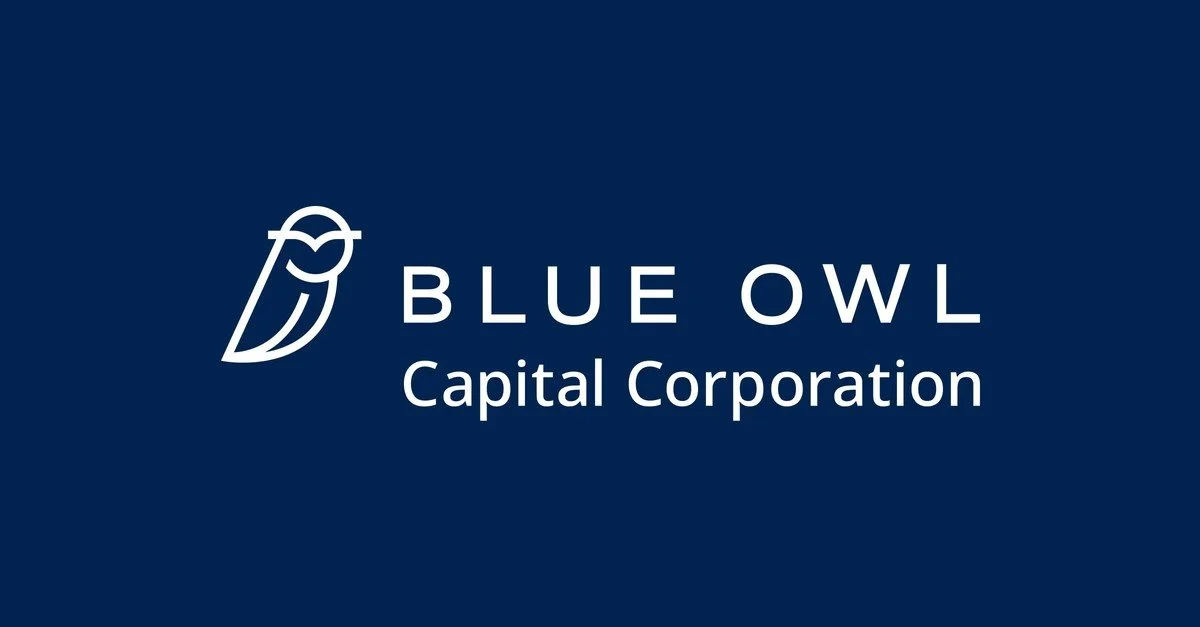SBUX | Q1 2025
The content provided on this website, including any communications, posts, videos, social media interactions, and other materials, is for informational and educational purposes only. It should not be considered as financial or investment advice. Read our full disclaimer here.
Links
Link to Transcript
Link to 10-Q
Overview
Non-GAAP EPS of $0.69 beats by $0.02.
Revenue of $9.4B (flat Y/Y) beats by $90M.
Takeaways
Starbucks (SBUX) kicked off 2025 with a clear focus on turning things around through its “Back to Starbucks” initiative. This initiative aims to refocus on what made the brand successful in the first place—high-quality coffee, a welcoming community coffeehouse experience, and a stronger connection with customers and employees.
The company’s first-quarter results reflected both the challenges of this transition and early signs of progress.
Revenue came in at $9.4 billion, with global comparable sales down 4% from the prior year.
Earnings per share dropped to $0.69, primarily due to investments in labor, store improvements, and marketing. While profitability took a hit, CEO Brian Niccol remains confident that these investments will help stabilize the business and position it for long-term growth.
A big (and much-needed) shift in strategy has been moving away from frequent discounts and instead focusing on Starbucks’ core strengths and premium brand positioning. The company reduced discount-driven promotions by 40% year-over-year and eliminated extra charges for non-dairy milk and customizations.
This move helped bring back lapsed Starbucks Rewards members and increased traffic from non-members. At the same time, sales of coffee and espresso-based beverages outperformed expectations, helping to offset weaker-than-expected holiday promotions.
Operationally, Starbucks is making key changes to improve efficiency and enhance the customer experience. One of the biggest initiatives is simplifying the menu, with plans to reduce beverage and food SKUs by 30% by the end of 2025.
The company is also working toward a four-minute average wait time by addressing bottlenecks in how orders are processed. More than 3,000 stores have already implemented staffing improvements, and a 700-store pilot program is in place to refine labor coverage and optimize scheduling.
Technology investments are also playing a role in improving operations. Over the next 18 months, digital menu boards will be rolled out across all U.S. locations to improve clarity around pricing and customization options.
Starbucks is also developing a new mobile ordering system, allowing customers to schedule pickup times rather than waiting in-store.
Beyond operational changes, Starbucks is working to restore its reputation as a community coffeehouse. Condiment bars are being reinstated across all U.S. company-owned stores, and the company has brought back ceramic mugs and handwritten notes on cups to add a more personal touch.
Additionally, free refills on hot and iced brewed coffee and tea have been expanded to all customers, not just Starbucks Rewards members. These changes aim to make the in-store experience more inviting and encourage customers to stay longer.
Looking ahead, Starbucks sees significant growth potential in its store portfolio. Believe it or not, Niccol believes there is room to double the number of U.S. stores through a mix of new openings, renovations, and selective closures.
Markets such as Texas and the Southeast continue to perform well, and the company is adapting store formats to suit different locations—whether that means full-service cafes, drive-thrus, or smaller pickup-focused stores.
Investments in employees are another priority. Starbucks recently doubled paid parental leave for U.S. store partners and committed to promoting from within for 90% of retail leadership roles over the next three years. Employee retention and engagement have already improved, which Starbucks hopes will lead to better service and a stronger workplace culture.
Internationally, Niccol recently visited China, where he still sees strong long-term potential. He also noted that some of the supply chain efficiencies in China could be applied to improve operations in North America.
From a financial perspective, Starbucks is navigating a transition period. While the company has suspended full-year guidance, CFO Rachel Ruggeri expects earnings to be weakest in Q2 before improving in the second half of the year.
Starbucks is also maintaining its BBB+ credit rating and continuing its dividend payments to shareholders, even as it invests heavily in all these new initiatives.
Overall, the first quarter of 2025 marks an early but important step in Starbucks’ reset. While financial results certainly have room to improve, early signs suggest the strategy is working—customer traffic is increasing, loyalty program engagement is improving, and the brand is reconnecting with its core identity.




Revenue of $1.88B (+4.4% Y/Y) beats by $10M. Non-GAAP EPS of $1.96 beats by $0.09.